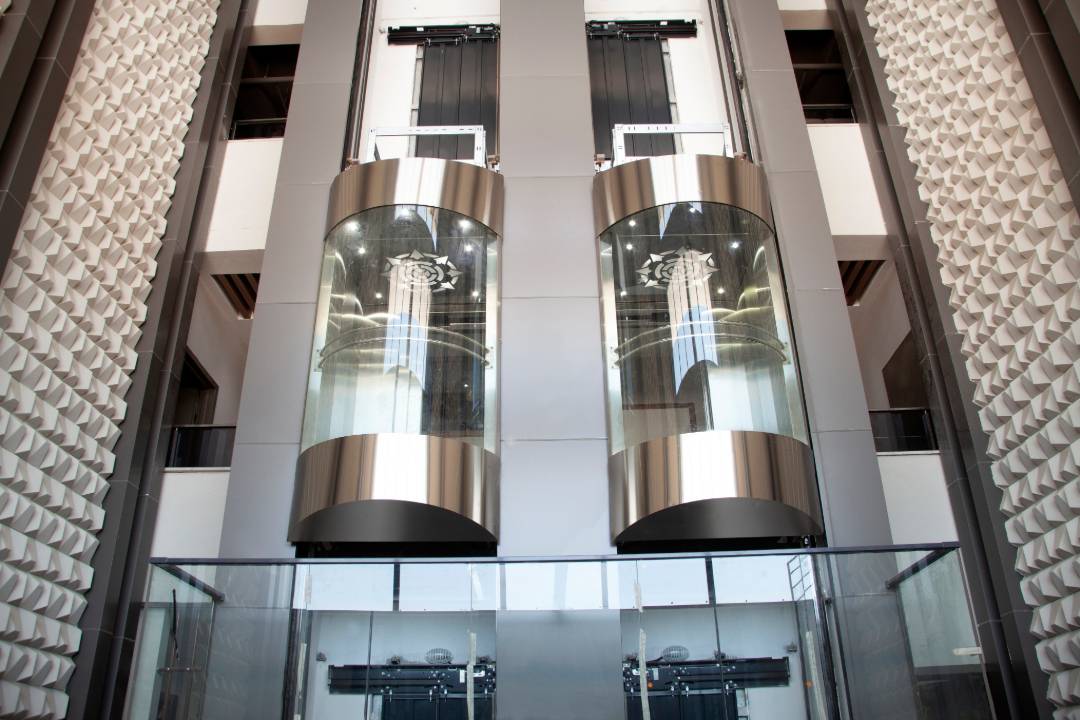
A Closer Look At The Application Of Commercial Elevators
The demand for commercial elevators in Dubai is seeing a steady increase over the years, especially with the burgeoning demand for high end infrastructure, for both commercial and residential needs. This is why any leading Dubai elevator company is not just selling products for vertical and horizontal transportation, they’re selling an experience with the design, additional features and after-sales services.
With that said, let’s take a closer look at the application of commercial elevators in various settings.
More Than Just a Lift
At first glance, it may seem like elevators have a pretty simple job: transporting people or goods from one floor to another. But the role of commercial elevators goes far beyond this basic function. In office buildings, for example, elevators are designed to handle heavy traffic, especially during peak hours like morning rush or lunchtime. Modern commercial elevators are equipped with advanced technology to manage these busy periods efficiently, reducing wait times and improving the flow of people.
In hotels, elevators are part of the guest experience. They need to be fast, quiet, and comfortable, offering a smooth ride that reflects the luxury and quality of the hotel. Some hotels even have glass elevators to give guests a scenic view as they travel between floors. In retail spaces, elevators are designed to move not just people, but also large amounts of merchandise, making them essential for both customer convenience and behind-the-scenes operations.
Technology Driving Efficiency
One of the most significant advancements in commercial elevators is the use of smart technology. These systems allow elevators to predict traffic patterns, optimize routes, and reduce energy consumption. Smart elevators are a game changer for large buildings with multiple elevators, as they can allocate the right number of elevators to different floors based on demand.
For example, during peak hours, more elevators may be sent to the lobby to handle the influx of people, while during quieter times, some elevators can go into energy-saving mode. This kind of innovation doesn’t just improve efficiency; it also contributes to the sustainability efforts of many businesses.
Moving Walks and Horizontal Elevators
When we think about elevators, vertical movement is typically what comes to mind. But in some commercial spaces, horizontal movement is just as important. This is where moving walks come into play. You've likely seen these in airports or large convention centers. Moving walks, also known as travelators, help people move across long distances quickly without needing to walk. They’re a great solution for places where getting from one end of the building to the other can be time-consuming, especially when carrying luggage or pushing a cart.
They are also becoming increasingly popular in large shopping malls and exhibition centers. They help ease foot traffic and give visitors a more convenient experience, allowing them to move effortlessly between different areas. For businesses, moving walks improve customer satisfaction and help keep foot traffic flowing, preventing congestion in high-traffic areas.
The Role of Commercial Elevators in Warehouses
In warehouses and industrial settings, commercial elevators serve a different but equally critical purpose. These elevators are designed to move heavy goods and machinery between floors. Unlike passenger elevators, they need to be strong, durable, and able to handle large loads. Freight elevators, for example, can carry everything from pallets of products to heavy equipment.
In distribution centers, elevators are often used to transport goods between different levels of the warehouse, speeding up the order fulfillment process. Without these elevators, businesses would need to rely on manual labor or forklifts to move products, which is far less efficient. Commercial elevators in warehouses not only improve efficiency but also ensure the safety of workers by reducing the need for manual lifting.
Luxury and Style in Commercial Elevators
In high-end commercial spaces, such as luxury hotels or premium office buildings, the design and aesthetics of elevators play an important role. These elevators are often designed to make a statement, with sleek finishes, high-tech interfaces, and even mood lighting. Some luxury buildings even offer personalized elevator experiences, where the elevator car can be customized based on the floor it's visiting. For example, a high-end restaurant on the top floor might have an elevator that plays soft music and dims the lights as guests approach their destination.
These luxury elevators don’t just add style to a building—they also contribute to the overall brand experience. A well-designed elevator ride can enhance the perceived value of a building and leave a lasting impression on guests and clients.
The Role of Escalators
Of course, when talking about commercial transportation, we can’t ignore escalators. While they’re not technically elevators, escalators serve a similar purpose in commercial settings. They move people between floors in spaces where an elevator might not be practical, like in shopping malls, train stations, or airports. Escalators are great for handling large crowds, and they keep people moving, which is essential in high-traffic environments.
Esclator are also a perfect complement to elevators in large commercial buildings. Together, they offer a comprehensive solution for vertical and horizontal movement, ensuring that people can navigate the building easily, whether they’re carrying shopping bags, pushing strollers, or simply walking.
Conclusion
The commercial elevator industry has evolved far beyond simple vertical transport. With the introduction of smart technology, moving walks, and even elevators for industrial use, the industry is revolutionizing how businesses operate. Whether it's providing a seamless customer experience, improving efficiency in warehouses, or contributing to the luxury appeal of a hotel, commercial elevators are an essential part of modern infrastructure. And with innovations continuing to emerge, the future of commercial elevators promises even more exciting advancements.

Comments (0)